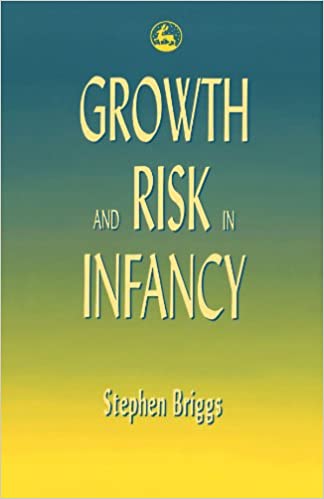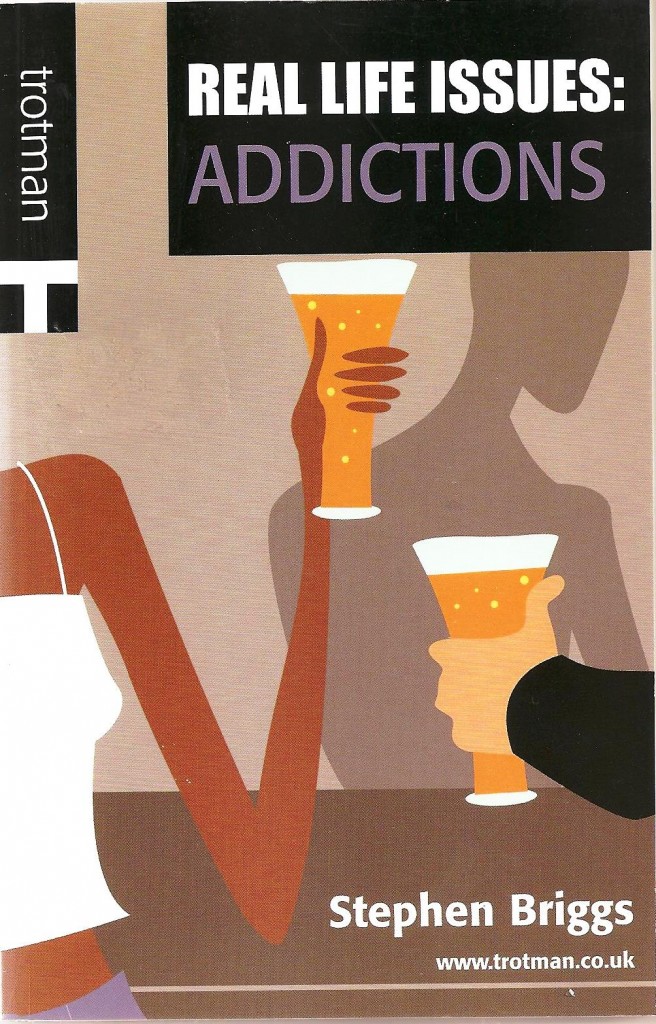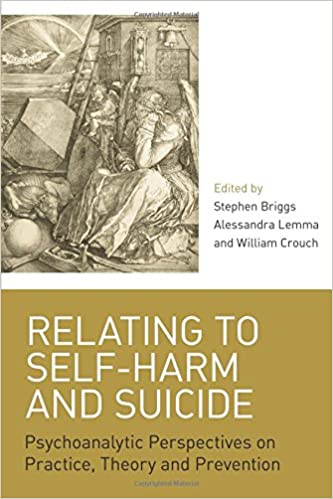Adolescent Mental Health and Psychotherapy
Adolescent psychotherapy is different; working therapeutically with young people requires a particular orientation to both the vulnerabilities and opportunities of this period of development. So to make effective engagements with young people, therapists – and other professionals – have to find a negotiable space “between ‘yes’ and ‘no'”.
I have written about my experiences of this demanding but rewarding therapeutic endeavour in my book ‘Working with Adolescents and Young Adults; A Contemporary Psychodynamic Approach‘.
TAPP: Time Limited Adolescent Psychodynamic Psychotherapy
Time-limited psychodynamic therapy is particularly relevant for young people today, as it focusses on the emotional and relational aspects of young people’s experiences whilst also providing a helpful time-based structure for young people whose social worlds and transitions to adulthood are often lacking in structure and cohesion.
TAPP is a 16 session model of time-limited psychodynamic psychotherapy, focussing on optimising the developmental opportunities of adolescence. It links the emotional and relational aspects of young people’s development with their social and cultural experiences. The manual for TAPP can be obtained on request by writing to me at my email.
I supervise clinicians and teach how to use this model of psychotherapy in a range of practice settings. This can lead to accreditation as a TAPP practitioner through the British Psychoanalytic Council (BPC).
Working with Self-Harm and Suicidal Behaviour
A particular interest, growing from clinical experience, is working with self-harm and suicidal behaviour.. In 2006 I was Chair of the Organising Committee for a major international congress on the theme of psychoanalysis and suicide, and this resulted in the book ‘Relating to Self-Harm and Suicide; Psychoanalytic Perspectives on Practice, Theory and Prevention‘.
I have presented a series of symposia at international congresses with colleagues from Harvard and Hamburg Universities
I was also a member of the Guideline Development Group for the NICE self-harm guideline: Self-harm; longer term management (CG133, 2011).
Infant Observation
Infant Observation was developed in the Tavistock Clinic by Esther Bick initially as a method for training child psychotherapists and it has subsequently developed, across the world. Infant observation provides a powerful learning experience, a real asset for professional practice, and a way of doing research differently.
In my book ‘Growth and Risk in Infancy’ I set out the learning from weekly observations of five babies in theor families over two years; I explore the developing patterns of these babies’ relationships and assess how infant observation can be used as a distinctive method for researching the emotional and relational aspects of infancy.
I have continued to research using infant observation, and to write, teach and supervise clinical trainees and doctoral students. I apply infant observation to wider professional contexts, including social work and education.
A recent lecture I gave for the Institute of Child and Adolescent Psychoanalytic Psychotherapy in Sydney is available here as a PDF download – The Importance of Infant Observation.
Practice-near Research
I have led funded research projects which focus on evaluative studies of practice. Methodologically, these studies apply the ideas of ‘practice-near’ research which I developed (with Prof Lynn Froggett), initially through an ESRC funded seminar series.
A key theme of these projects is the evaluation of innovative approaches that address important issues in social care. For example, a series of studies of Maytree, a respite centre for the suicidal, had significant impacts on practice and was widely reported in the media.
Another evaluation, of an initiative to safeguard children’s rights in London’s African Community where there are issues of witchcraft and spirit possession, is having impacts on policy and practice, making visible a difficult and ‘new’ area of child abuse.





